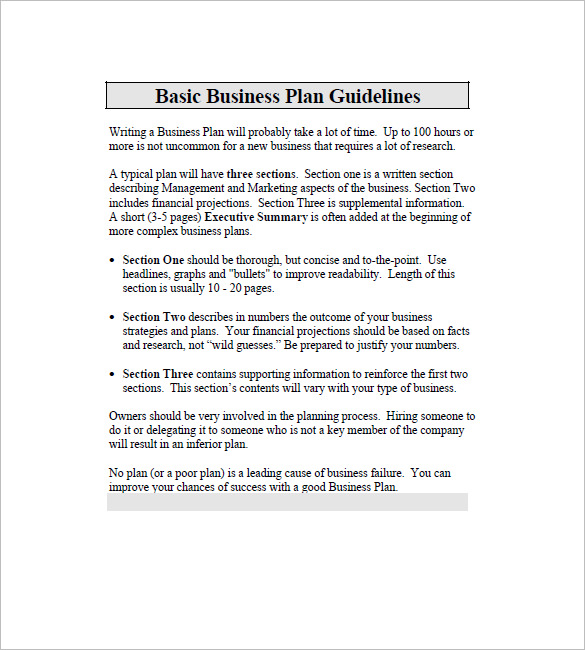

These can be entered in the Other Tax row. Depending on where your business is based, you may find yourself having to pay other taxes. Income Tax is filled in based on the information you enter into the model inputs. The Unexpected Expenses row allows you to enter a contingency for unexpected expenses, whilst the Other Expenses row allows you to enter any other one off expenses you may be expecting to make, for example the purchase of new equipment part way into your 5 year plan. This section is for entering any expenses that you will not be paying on an annual basis. You therefore only need to enter your Sales and Marketing, Insurance, Payroll and Payroll Tax, Property Taxes, Utilities, Administration Fees and any Other Expenses into the white cells in Column B for Year 1. Years 2-5 are also filled in for you across all categories based on the inflation information entered in the Model Inputs sheet. Some parts of this are already filled in based on information you put on the Model Inputs, for example, depreciation, maintenance and interest on long-term debt. There are pre-entered categories for rental, lost income and loss (or gain) on the sale of assets, as well as an additional row where you can enter your own non-operation income.

These can be entered manually in the white cells in Column B for Year 1, Column C for Year 2 and so on. You may have, or be expecting some income in addition to your operating income. The profit and loss assumptions, along with income, are automatically calculated using information entered in the model inputs sheet.

This sheet calculates your profit and loss for each year over a 5 year period. To use this section, simply fill in the three white boxes representing the amount of the loan, the annual interest rate and the term of the loan in months - for example, 12 for 1 year, 24 for 2 years, 36 for 3 years, 48 for 4 years, or 60 for a 5 year loan. The funding section allows you to enter information about your business loan. If your business is just starting out, you may be able to command higher prices for your products or services as the years go on, as you build up brand recognition and a good reputation. If you are unsure what to put here, increasing your product price in line with inflation is a good starting point. Enter a number in the white box to show the expected annual price increase of your products to enable the spreadsheet to calculate income in future years. Product Price IncreaseĪs a consumer, you are no doubt aware that the price of products goes up over time. Simply enter your inflation rate in the white box. The International Monetary Fund provide forecasts for a number of countries, so is a good place to look if you are unsure what to enter here. InflationĪlthough you cannot be certain of the level of inflation, you will still need to try and plan for it when coming up with a 5-year financial plan. If you have to pay any other taxes, these can be entered later on the Profit and Loss sheet. Enter the annual tax rate that applies to your circumstances in the white box in Column B. In most parts of the world, you will have to pay income on your earnings. This may vary greatly from business to business, as assets in some sectors depreciate much more quickly than they do in others. Use the white box to enter the number of years you expect your assets to depreciate over. This will be used to calculate your operating expenses in the profit and loss sheet. Annual Maintenance, Repair and OverhaulĪs the cost of annual maintenance, repair and overhaul is likely to increase each year, you will need to enter a percentage factor on your capital equipment in the white box in Column B. The spreadsheet will automatically calculate the annual cost of goods sold based on this information, along with your forecasted revenue. Your margins are unlikely to be the same on all of your products, so the cost of goods sold allows you to enter your expected gross margin for each product into the white boxes in Column B.

and these names will be carried through to the rest of the spreadsheet. If you want to give your products names, simply type over the words "Product 1", "Product 2" etc. Simply use the white boxes to enter the number of units you expect to sell, and the price you expect to sell them for, and the spreadsheet will calculate the total revenue for each product for the year. The forecasted revenue section allows you to estimate your revenue for 4 different products. Use the Model Inputs sheet to enter information about your business that will be used to model results seen on the other pages.


 0 kommentar(er)
0 kommentar(er)
